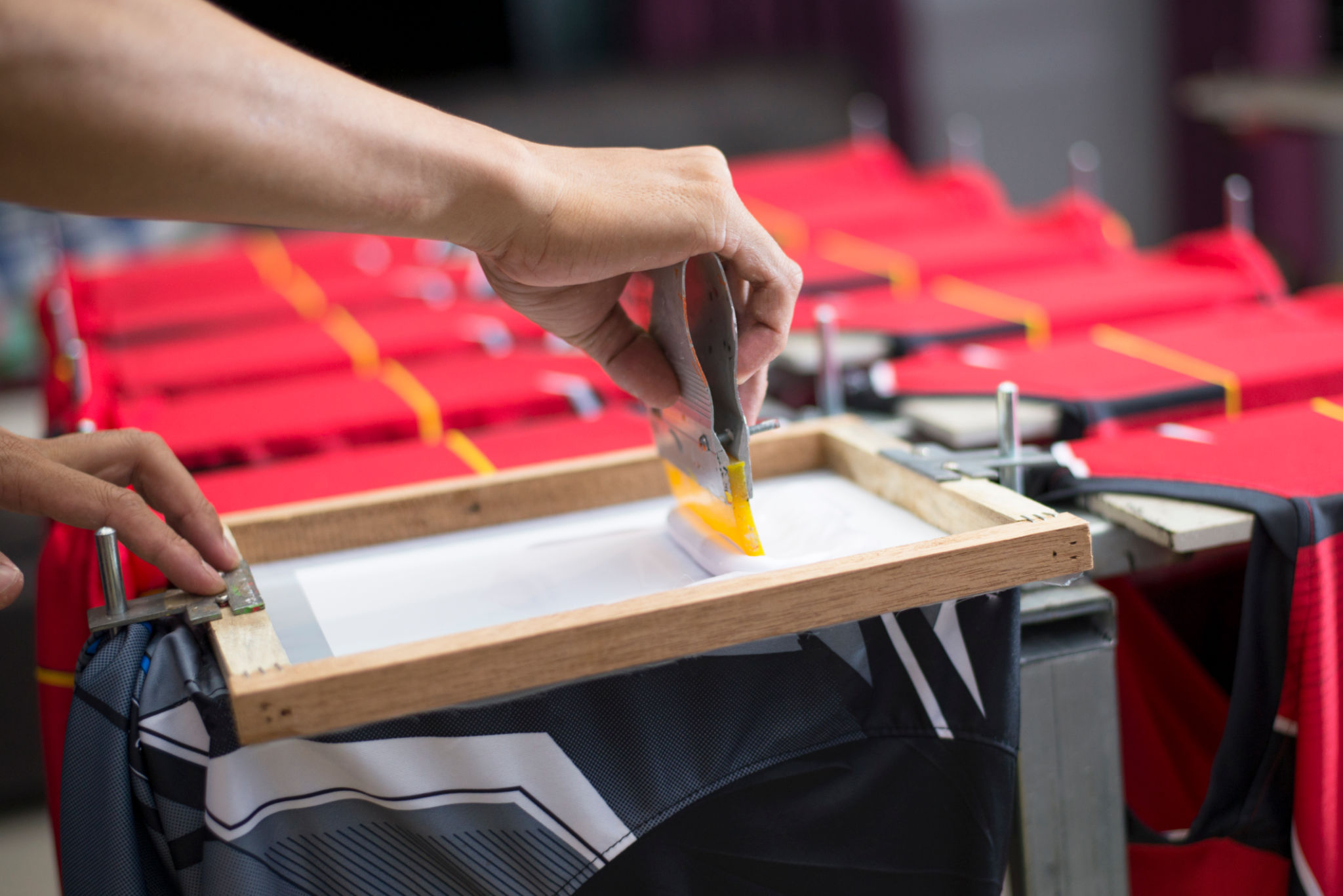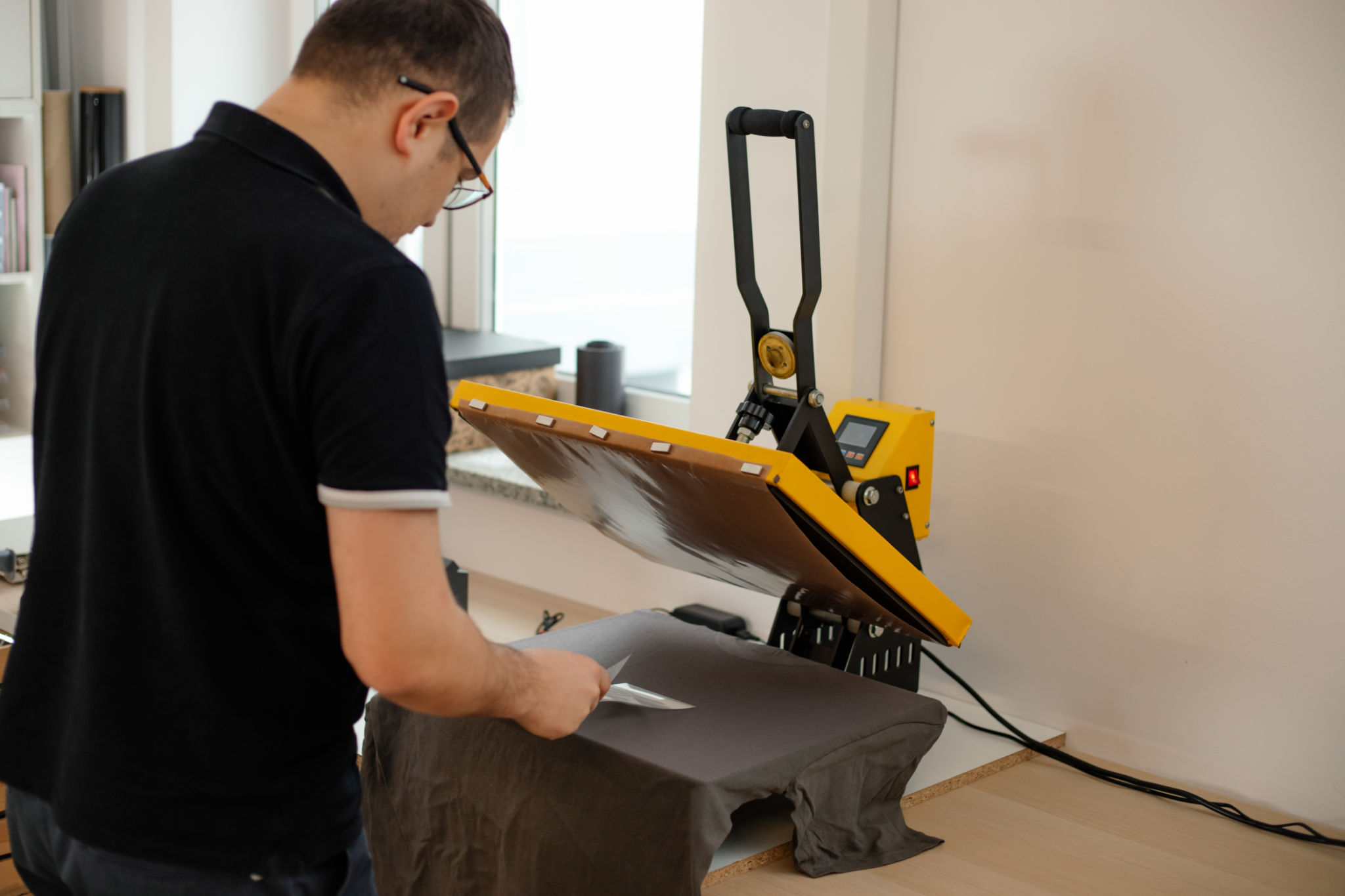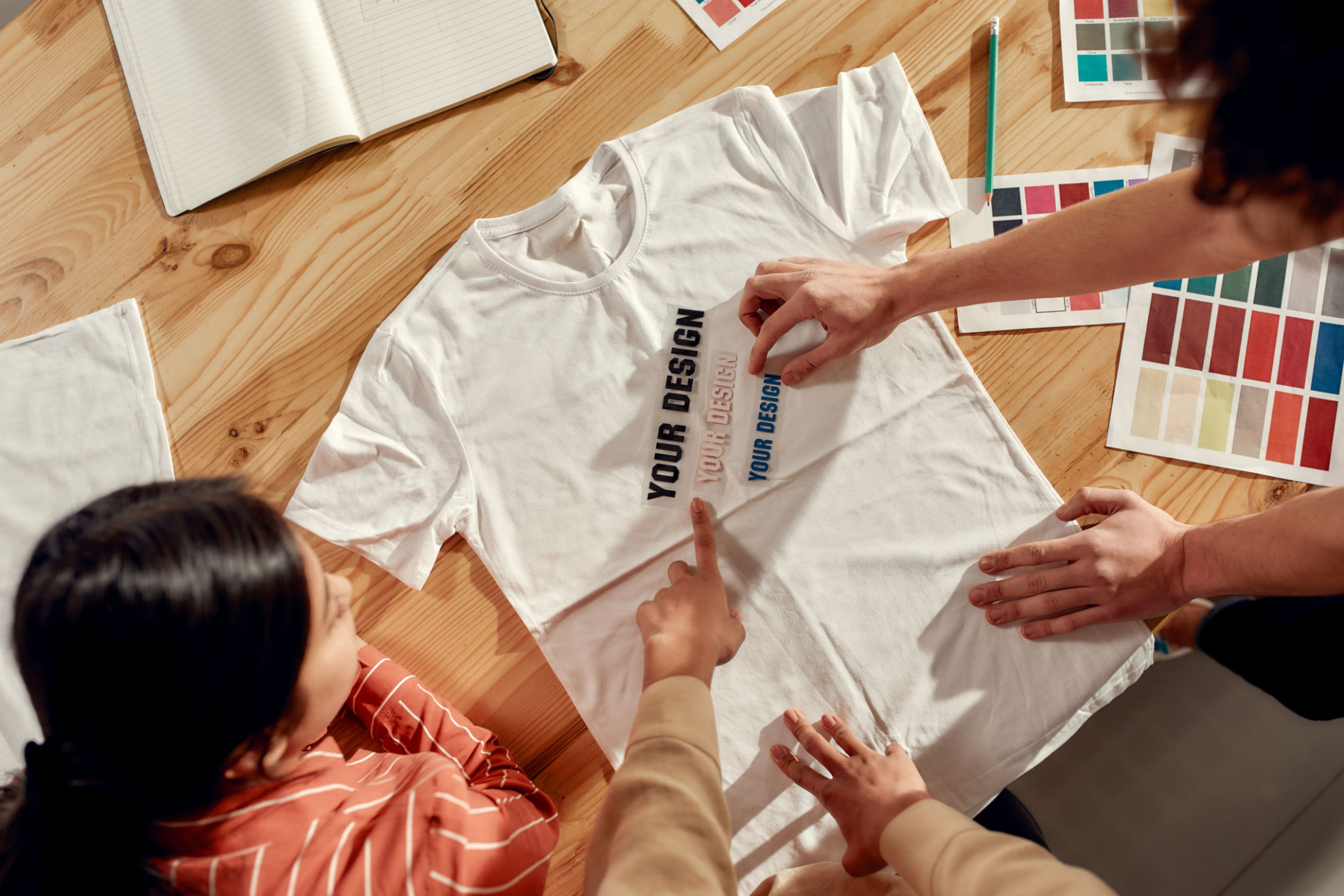Comparing Screen Printing vs Heat Press: Which Is Right for Your Business?
Understanding Screen Printing and Heat Press
When it comes to customizing apparel, two popular methods often come up: screen printing and heat press. Each technique has its own set of advantages and drawbacks, making them suitable for different business needs. Understanding these methods can help you make an informed decision for your business.
Screen printing is a traditional technique that involves pushing ink through a stencil (or screen) onto the fabric. Heat press, on the other hand, uses heat to transfer designs from a special paper or vinyl onto the material. Both methods are effective, but choosing the right one depends on several factors such as budget, design complexity, and production volume.

Cost Considerations
For many businesses, cost is a significant factor in deciding between screen printing and heat press. Screen printing typically requires a higher initial investment due to the need for screens and inks, but it becomes more economical with larger orders. The cost per unit decreases as the order size increases, making it ideal for bulk orders.
In contrast, heat press involves a lower initial investment. It is often more cost-effective for small orders or one-off custom designs. The lower setup cost makes it an attractive option for businesses just starting out or those offering limited-edition products.
Design Complexity and Versatility
When it comes to design complexity, screen printing shines with simple, bold designs requiring few colors. The method is less suited for highly detailed images with a wide color range because each color requires a separate screen, increasing the complexity and cost.
Heat press offers greater versatility in terms of design options. It can handle intricate designs and photographs with multiple colors more efficiently than screen printing. This flexibility makes it a preferred choice for businesses focusing on detailed artwork or personalized designs.

Production Volume and Speed
The volume of production is another critical aspect to consider. Screen printing is typically faster for large orders, as it allows for mass production once the screens are set up. This advantage makes it ideal for businesses that need to produce large quantities of the same design.
Heat press is generally slower for large orders since each item must be individually pressed. However, it excels in producing small batches or unique designs quickly without the need for extensive setup.
Durability and Quality
The durability of the print is crucial for customer satisfaction. Screen printing is renowned for its longevity, as the ink penetrates the fabric, resulting in designs that withstand frequent washing and wear.
Heat press designs can also be durable, particularly when using high-quality materials and processes. However, they may not match the lifespan of screen-printed items if lower-quality materials are used.

Environmental Impact
As consumers become more environmentally conscious, the ecological footprint of production methods is increasingly important. Screen printing often involves more waste due to the use of inks and chemicals for cleaning screens.
Heat press tends to be more environmentally friendly as it involves fewer chemicals and less waste. For businesses prioritizing sustainability, this could be a significant factor in their decision-making process.
Conclusion
Both screen printing and heat press have their unique advantages that cater to different business needs. Screen printing is ideal for bulk orders with simple designs, while heat press offers flexibility and cost-effectiveness for smaller runs or complex designs.
Ultimately, the choice between screen printing and heat press should be guided by your business’s specific requirements, including budget, design complexity, production volume, and environmental considerations. By understanding these factors, you can choose the method that aligns best with your business goals.
